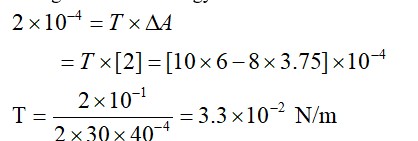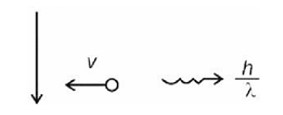Why there is a large number of lines in the hydrogen spectrum?
Why there is a large number of lines in the hydrogen spectrum?
-
1 Answer
-
Hydrogen shows many spectral lines because of the following reasons.
Its electron can occupy many levels (n = 1, 2, 3.).
Each line in the hydrogen spectrum actually represents the transition from higher to lower energy levels.
These lines are grouped by the final energy level (Lyman n'=1, Balmer n'=2, etc.)
Higher energy levels are closer together. They tend to create more possible transitions.
Similar Questions for you
Hydrogen produces a line spectrum because electrons exist only in discrete, quantised energy levels. When electrons jump between these fixed energy states, they emit photons with specific energies (E = h? ). This creates distinct spectral lines instead of continuous wavelengths. Bohr's model explains this through quantised orbits. Classical physics, on the other hand, would predict a continuous spectrum.
The hydrogen emission spectrum contains several spectral series, each named after its discoverer.
- Lyman series (n' = 1): To ground state, visible only in ultraviolet region
- Balmer series (n' = 2): Transitions to second level, appearing in visible region
- Paschen series (n' = 3): Moved to third level, visible in the infrared region
- Brackett series (n' = 4): Transitions to fourth level, appearing in the far infrared region
- Pfund series (n' = 5): Transitions to fifth level, showing in the infrared region
- Humphreys series (n' = 6): Transitions to sixth level, appearing in the infrared region
Kindly go through the solution
Change in surface energy = work done
Taking an Exam? Selecting a College?
Get authentic answers from experts, students and alumni that you won't find anywhere else
Sign Up on ShikshaOn Shiksha, get access to
- 65k Colleges
- 1.2k Exams
- 679k Reviews
- 1800k Answers



